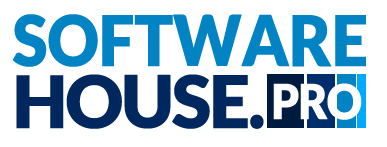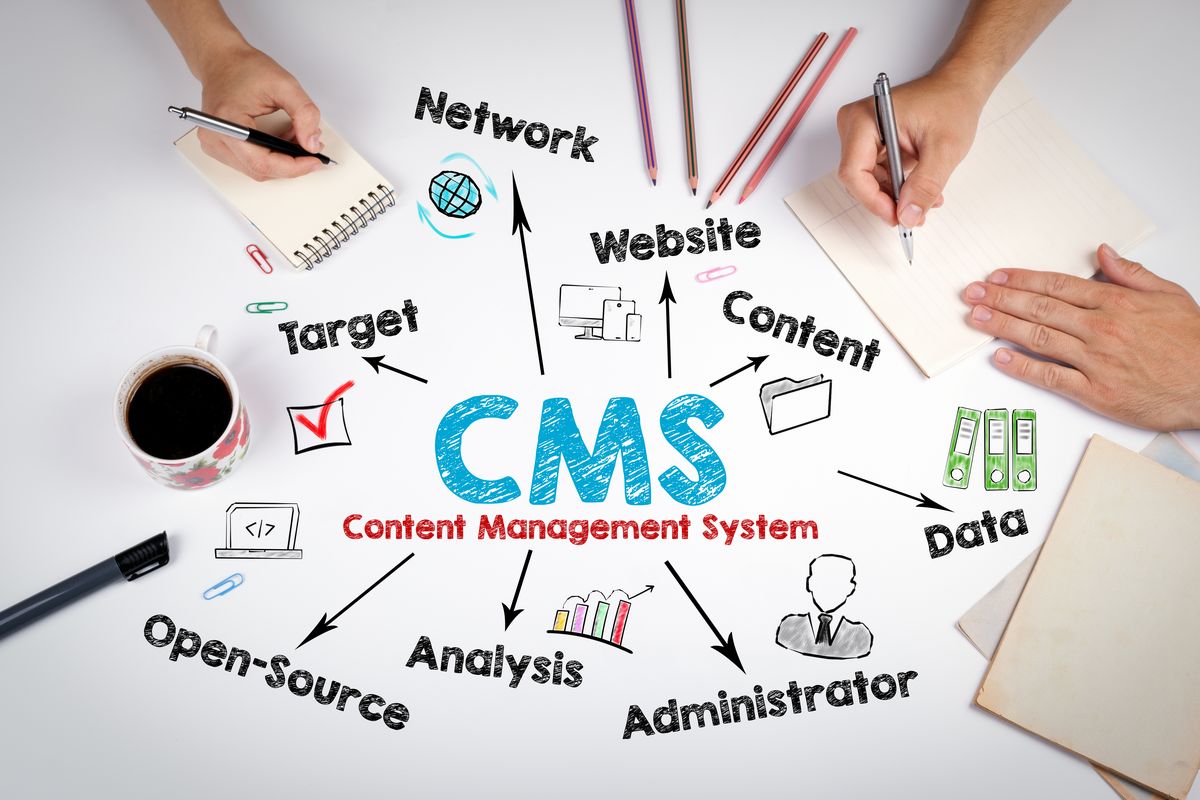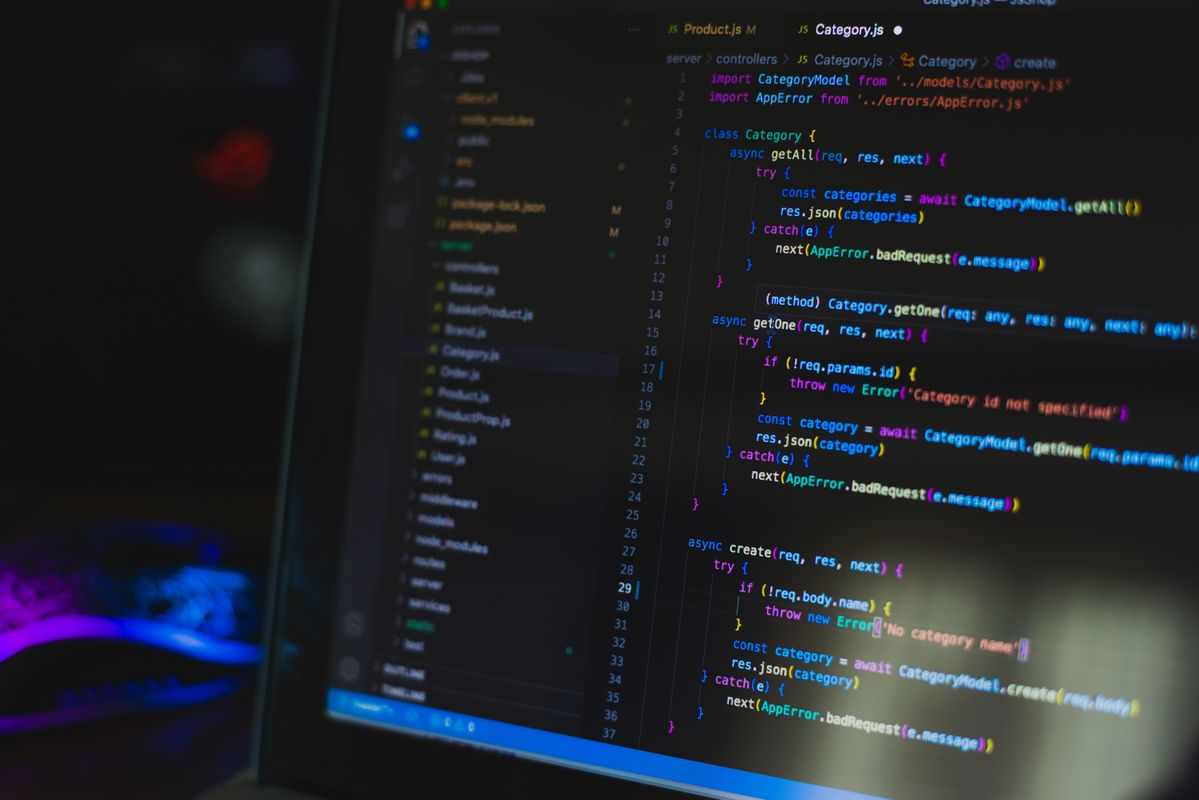Understanding Different Web Development Stacks
In the world of web development, the stack refers to the combination of programming languages, tools and technologies used to build websites, web applications or software solutions. The stack is divided into two: frontend (the client-side) and backend (the server-side). The front-end technologies are used to create the user interface while the backend handles everything behind scenes. Choosing a web development stack is crucial to the success of your project. It impacts everything from speed to security, scalability and cost. Some of the best known stacks include MEAN (MongoDB, Express.js, AngularJS, and Node.js), LAMP (Linux, Apache, MySQL, PHP), and MERN (MongoDB, Express.js, React, Node.js) which are great for full stack web development. However, not all web development stacks are created equal and the best choice depends on your exact needs.
Factors to Consider When Choosing a Web Development Stack
To choose the right stack for your web development project, you need to consider several factors. First, you should consider the project requirements. More specifically, the features and functionality that your website or application needs. For instance, if you are building a data-intensive real-time application, the MEAN stack should be your go-to option as it is excellent for handling such tasks. Next, you should weigh the skillset of your team or a potential development partner. The team's expertise in given technologies can be a major deciding factor in choosing a stack. Another significant consideration should be the timeline for the project. Some stacks are better suited for quick turnarounds while others lend themselves towards more complicated, longer projects. With these aspects in mind, you should weigh the pros and cons of different web stacks. This includes assessing their performance, ease of use, scalability, and community support, among other things.
Popular Web Development Stacks in 2024
A lot can change in the world of technology in just a few months, let alone years. However, there are a few web development stacks that have stood the test of time and will likely continue to be popular in 2024. The MEAN stack, particularly now with Angular’s mobile-oriented architecture, is becoming more prevalent for mobile web applications. The MERN stack, which replaces Angular.js with React.js, is also gaining more preference because of its component-based architecture. The Python-Django-PostgreSQL-Nginx (PDGN) web development stack, is popular among data scientists and analysts due to Python's simplicity and efficacy in data analysis. On the other hand, a noticeable emerging trend is the use of 'Jamstack', which stands for JavaScript, APIs, and Markup. This stack capitalizes on the benefits of pre-rendering pages and only loading dynamic data as needed. Choosing the right web development stack in 2024 comes down to understanding these evolving trends, assessing your project needs, and leveraging the right technologies for a successful web development project.

The Importance of Scalability in Choosing a Web Development Stack
When planning for a web development project, one crucial aspect to consider is scalability. A scalable application or website is one that can handle an increase in workload or expand in response to an increased demand. When deciding on a web development stack, you should consider how easily each stack can accommodate growth or be scaled up. Many modern stacks, like MEAN or MERN, are designed with scalability in mind. They can accommodate a high level of users and transactions without affecting the performance of the website or application. Additionally, most cloud-based applications require a highly scalable stack to function optimally. When your web application is scalable, you ensure that your application will be able to handle a high volume of traffic without crashing or slowing down, which is crucial for maintaining user satisfaction and business continuity. Thus, considering scalability when choosing a web development stack can lead to a more successful and robust web application.
The Role of Community Support for Web Development Stacks
Another essential factor to consider when selecting a web development stack is the availability of community support. Community support can often be a lifesaver when you run into issues during the development process. Web development stacks with a large and active community often provide a wealth of resources for troubleshooting, learning, and innovation. These communities can offer guidance, advice, and solutions to any challenges or bugs you might encounter during your project. They also often come with a myriad of libraries, frameworks, and tools that can help speed up the development process. Therefore, choosing a web development stack with a robust community can help ensure smooth project execution and provide invaluable support in times of need. This makes the availability of community support a key factor in choosing the right web development stack.
Security Considerations for Web Development Stacks
Security should always be a top priority when carrying out any web development project. Due to their integral role in web applications, certain web development stacks may be more or less vulnerable to security threats. Therefore, it is vital to understand the security implications of each stack you are considering. You need to ensure the stack you choose has the necessary security measures to prevent potential cyber threats and vulnerabilities. You should assess if a stack has frequent updates and patches to fix security issues. Also, consider how easy it is to configure secure settings and manage permissions. Some stacks such as LAMP are well-known for their security strengths, due in part to the use of Linux, a powerful and secure operating system. Ultimately, taking security into account when selecting a web development stack will help ensure the safety and reliability of your web application.

Importance of Code Reusability and Modularity in Web Development Stacks
When selecting a web development stack for your project, it is essential to consider the degree of code reusability and modularity that they offer. In the current era of web development, using a stack that facilitates reusing code components across different parts of the project can dramatically reduce development time and costs. It can also lead to more maintainable and manageable code, making future enhancements and bug fixes easier to implement. Code reusability and modularity are also influential factors when working with agile development methodologies where fast iterations and frequent code changes are the norm. A stack that makes it easy to write modular code can provide significant advantages in such scenarios. For instance, the MERN stack, with React.js at its core, implements component-based architecture that promotes code reusability. It allows developers to create reusable UI components that can be easily managed and updated.
Consideration of Future Tech Trends in Choosing Web Development Stacks
In addition to the current stack characteristics and the project requirements, it's crucial to consider potential future technology trends when selecting a web development stack. With the pace at which technology and digital trends change, it's best to choose a stack that is future-proof and can adapt to new advancements. Expecting and preparing for future trends like IoT, AI and machine learning, Augmented Reality (AR), Virtual Reality (VR), or Quantum Computing can give your web application an edge over the competition. Selecting a future-proof stack that is compatible with these technologies can save time, money, and resources in the long run. For instance, the Python-based web stack is gaining traction because of Python's strong capabilities in AI and Machine Learning applications.
Reviewing Case Studies and Success Stories of Web Development Stacks
Analyzing case studies and success stories of different web development stacks can also be beneficial in your decision-making process. Studying various success stories can provide you with a clear understanding of a stack's potential and capability, offering practical insights about its real-world applications. These success stories may also guide you about the challenges and obstacles you might face during development, and how to overcome them. Case studies can provide crucial information about the stack's actual performance, stability, scalability, and security, rather than relying solely on theoretical predictions. Thus, investigating and learning from the experiences of others who have utilized the web development stacks you are considering can guide you towards making an informed and effective choice for your project.
| Stack | Components | Scalability | Community Support | Security |
|---|---|---|---|---|
| MEAN | MongoDB, Express.js, AngularJS, Node.js | High | High | High |
| MERN | MongoDB, Express.js, React.js, Node.js | High | High | High |
| PDGN | Python-Django-PostgreSQL-Nginx | Medium | Medium | High |
| JAMstack | JavaScript, APIs, Markup | High | High | Varies |
| LAMP | Linux, Apache, MySQL, PHP | Medium | High | High |
The Influence of Budget on Web Development Stack Choices
Financial considerations also play a major role in determining the choice of a web development stack for any project. Costs can be associated with several factors such as licensing, setup, hiring skilled developers, and maintenance over time. Some stacks like LAMP are open source and therefore budget-friendly as they don't require any licensing fees. Conversely, certain technologies within a stack may require payment, leading to higher costs. The availability and hourly rates of experienced developers skilled in a particular technology can also impact costs. For instance, while there may be an abundance of developers skilled in Python-Django, their hourly rates might be higher than those who specialize in the less popular stacks. Maintenance costs, which involve debugging and updating the applications over time, should also be factored in. It's important, therefore, to do a thorough cost-benefit analysis to pick a cost-effective web development stack that aligns well with your project’s budget.
The Impact of Web Development Stacks on User Experience
The choice of a web development stack can significantly impact the user experience. The frontend elements of a stack work together to create a responsive, fast, and interactive user interface, which is crucial for retaining users. For instance, Angular.js and React.js in MEAN and MERN stacks, respectively, are well known for their abilities to build highly responsive and dynamic web pages. On the backend, the capacity of the stack to handle large volumes of data and transactions without any performance loss also affects user experience. If a website or application needs to support real-time functionality like chat systems or live streaming, the stack should be able to handle such demands without any latency. Thus, selecting a web development stack that enhances user experience is of paramount importance.
Consideration of Long-term Maintenance for Web Development Stacks
The long-term maintenance involved with a chosen web development stack is a critical consideration for any project. The initial development is only part of the equation; routine maintenance, debugging, updates, and potential feature additions are also significant. Some technologies and stacks may require frequent updates and might contain hidden bugs that only become apparent after some time. This could lead to additional time and effort spent on maintenance tasks. Furthermore, the availability of developers skilled in particular stacks will influence maintenance efforts. To ensure the smooth running of your application in the long run, examining the long-term maintenance requirements of each web development stack is crucial during the selection process.






